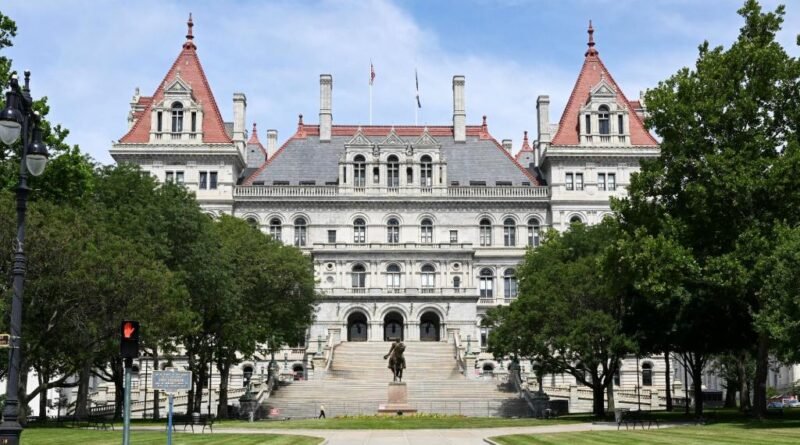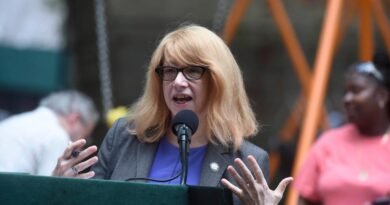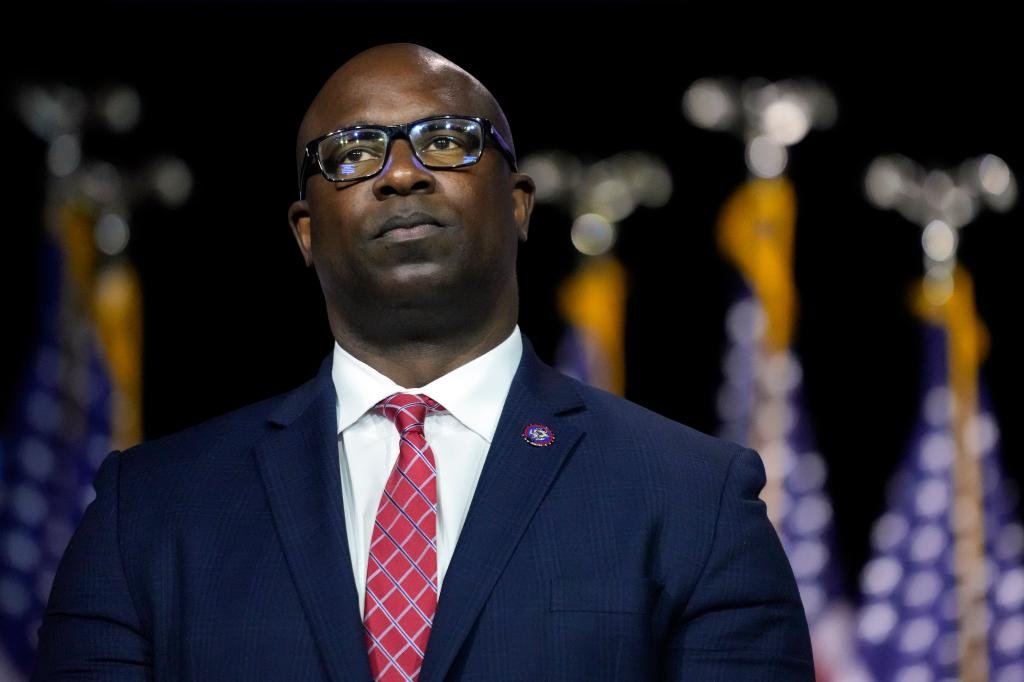Albany’s Potential Misuse of NY’s $12 Billion Carbon Tax Windfall

Economists don’t agree on much, which may explain why politicians usually ignore them. Harry Truman, exasperated by his fiscal advisers’ annoying “On the one hand, but on the other hand” equivocations, is said to have shouted, “Can’t somebody bring me a one-handed economist?”
But most economists do agree that market-based regulations can effectively push broad societal changes.
That’s why green-energy advocates have demanded emissions taxes — like the one set to take effect in New York five months from now, on Jan. 1, 2025.
Although the United States hasn’t adopted a nationwide carbon tax, California and Washington state have.
None dare call it a carbon tax, of course.
Instead, all misleadingly refer to it as a “cap-and-invest” program: The state sets a limit, or cap, on carbon emission for a given year, then auctions off the rights to emit to the highest bidders.
The emissions cap is lowered each year, resulting in higher auction prices — and higher revenues — over time.
New York still hasn’t released the details of its cap-and-invest program, but Hochul administration officials estimate it will raise between $6 billion and $12 billion per year by 2030 — a breathtaking sum compared to the ill-fated New York City congestion fee, which was expected to raise $1 billion per year.
Collecting that amount will cost consumers dearly: a $25-per-ton carbon tax would increase gasoline and heating oil prices by about 25 cents per gallon and raise just $1 billion, given current statewide usage. Natural gas and electricity rates will increase, too.
As Albany clamps down on carbon emissions over time and the carbon tax increases, prices will increase much more.
The state promises that the program will create jobs, invest in disadvantaged communities and preserve competitiveness.
But in reality, raising the prices of gasoline, natural gas, heating oil and other fossil fuels will mean higher prices for everything else — because everything we use requires energy.
And what will taxpayers get for all that money?
To get an idea of where New York politicians will spend their carbon lucre, consider California, where the carbon tax has raised around $18 billion since it began in 2013.
Of that total, $6.7 billion — almost 40% — has gone into the state’s ill-fated high-speed rail project, whose estimated cost has quadrupled to $130 billion since it was approved 16 years ago. Fewer than 50 miles of the almost 800-mile project have been built.
The remaining $11 billion has been allocated to over 100,000 projects (so far), mainly classified as transportation-related.
But California stretches “transportation-related” to cover almost everything — including $2.3 billion on affordable housing developments “linked to transportation” because they include bike paths or are built near bus lines. It even includes $12 million for farm-worker housing.
Another $450 million will be spent on commuter-rail projects, such as expanding the Bay Area Rapid Transit system, even though ridership remains 40% below pre-COVID levels.
Over $120 million is allocated to the Clean Cars 4 All Program to encourage consumers to scrap their existing cars and buy EVs — purchases the state has already mandated.
Over $1 billion goes to “climate adaptation” projects — everything from “urban greening” (that is, planting trees) to restoring the sand dune habitat at Surfers Point in Ventura, supposedly as a barrier against further erosion.
Another $130 million will be spent on food waste recycling projects, while $1 million is allocated for community composting through the California Alliance for Community Composting. (Who knew there was such an organization?)
Washington state’s carbon tax, which took effect last year — and faces repeal this November by angry voters — has raised around $2 billion, which has been allocated to 35 state agencies.
As in California, much of the money will go for transportation projects, including free bus passes for kids, bike trails, crosswalks to encourage carbon-free walking and electric ferries.
Native American tribes will get $5 million to electrify their boats, while $1 million is earmarked for transportation planning for the six World Cup matches to be held in Seattle in 2026.
In addition, $115 million will be devoted to lowering the energy bills of low-income households — bills that will increase because of the state’s zero-emissions carbon goals.
And not to be excluded is the $250,000 allocated for the Green Fertilizer Workgroup.
Just like those of California and Washington, New York’s carbon initiative will have no measurable impact on the global climate, but it will be a bureaucrat’s dream.
These “cap-and-invest” programs call into question President Truman’s demand: After all, two hands are required for one to wash the other, something that Albany’s politicians excel at.
Jonathan Lesser is a senior fellow with the National Center for Energy Analytics and the president of Continental Economics.




